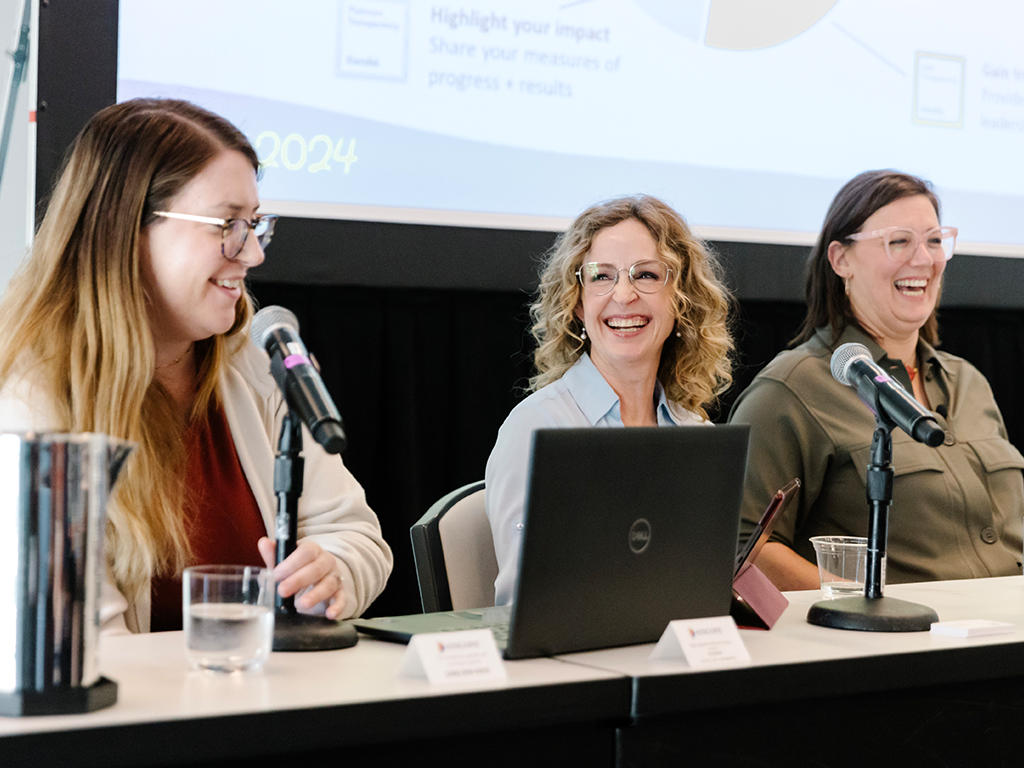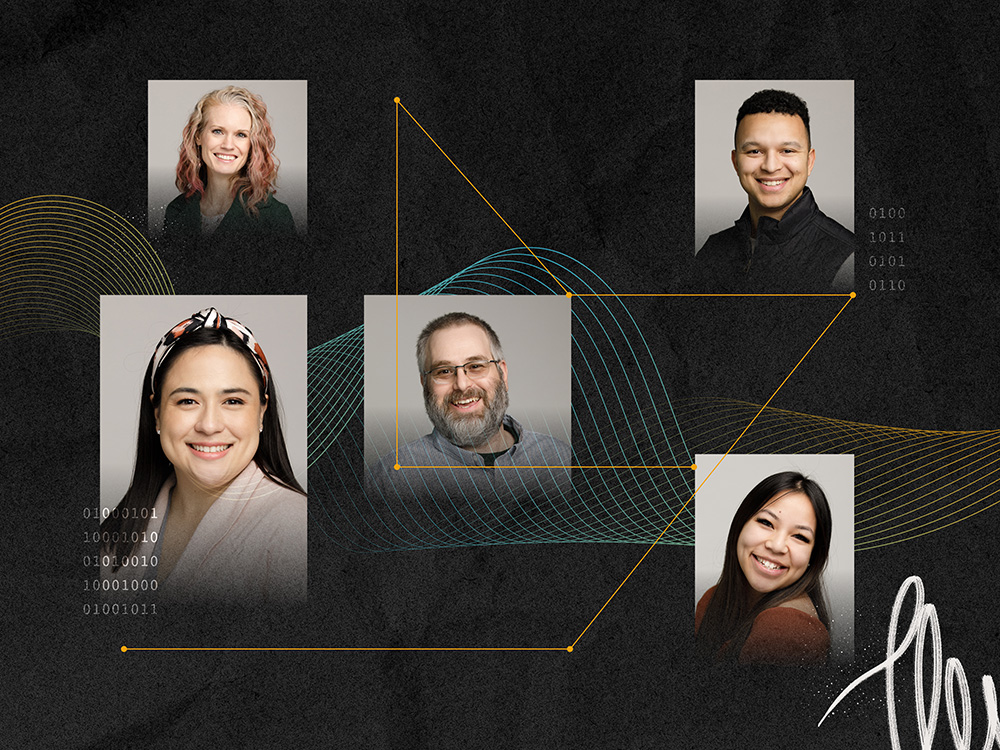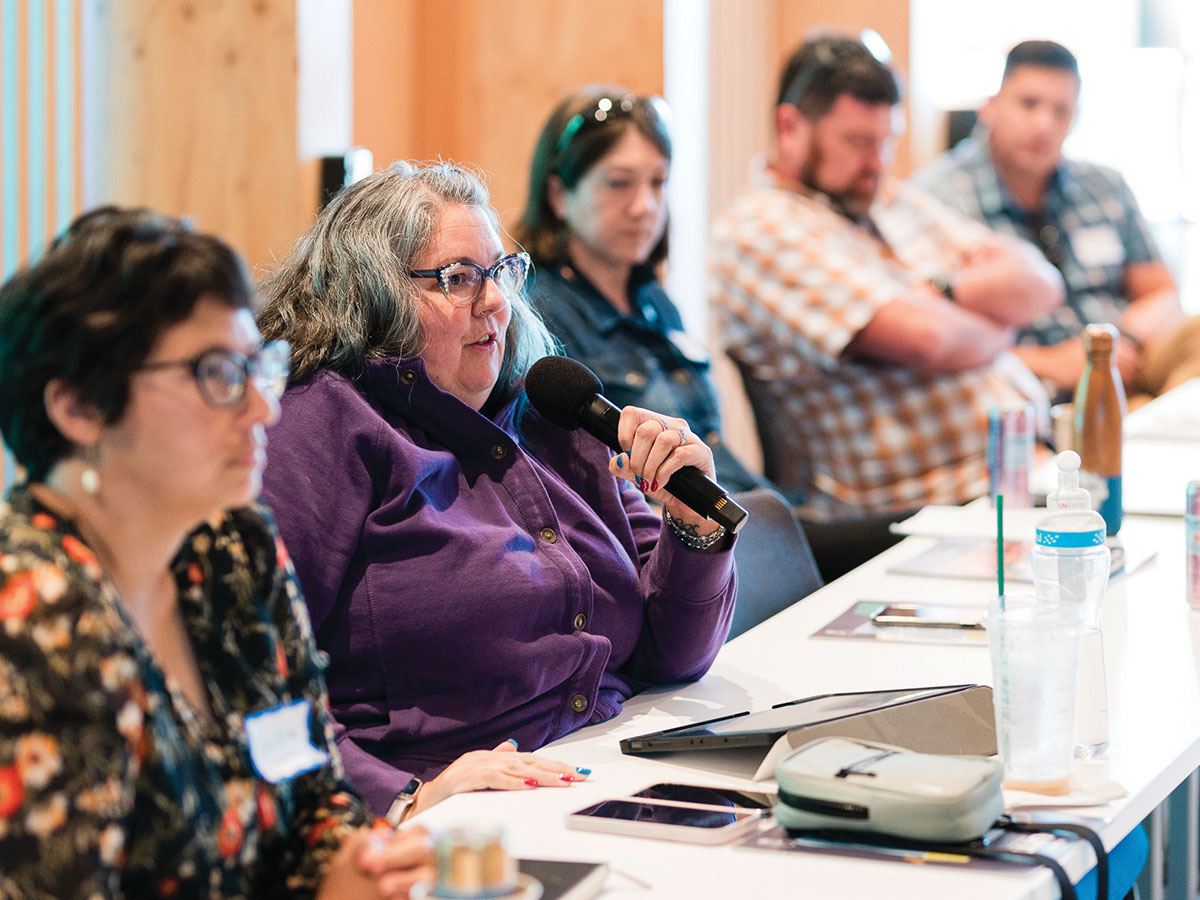Four Grantmaking Practices That Should Outlive the Pandemic

Sponsored by GivingData
Few events in history have disrupted the work of grantmakers like the COVID-19 pandemic. Its sudden onset last spring prompted foundations to quickly redeploy their capital, overhaul their grant processes, and realign funding priorities. For a sector like philanthropy, changes this sweeping usually unfold over a period of months, not days or weeks. But not in 2020.
The gravity of the pandemic flipped the script. The changes have been both bold and swift. By mid-summer, nearly 800 foundations had publicly pledged to “act with fierce urgency” to streamline their grantmaking processes, make new grants as unrestricted as possible, and reduce or postpone burdensome reporting requirements.
At the same time, hundreds of foundations elected to allocate more funding through emergency grants, or shifted funds to other areas. By mid-year, the Center for Disaster Philanthropy and Candid reported that $11.9 billion had been committed to COVID-19 related efforts.
Grant managers bear the brunt
Few working in philanthropy have felt the change – and the challenge of managing it – more acutely than grants managers.
Just two months into the pandemic, a PEAK Grantmaking survey found that 6 in 10 had taken immediate steps to modify their grants process. Nearly 70 percent had altered their funding requirements to support rapid response funds. Three in four grant managers reported that their foundation had proactively reached out to grantees to better understand the risks to their programs, and to their longer-term viability.
Agility is the new norm
These shifts reinforce a heightened willingness on the part of grantmakers to move fast and simplify. It reflects agility at a time when anything less is likely to fall short. While many grantseekers say the changes were long overdue, the bigger question now is whether they will endure long after the crisis subsides.
As a technology company serving the sector, our focus has shifted as well. We’re spending more time helping funders optimize their grants management systems to strengthen their crisis response capacity. Much of the effort is on aligning their capabilities to support core operational functions. Examples include the ability to adjust workflows on the fly, conduct quick-strike scenario planning, track grantee interactions in real-time, and execute electronic signatures and fund transfers to grantees.
Agile grantmaking requires a range of technology capabilities that can be readily adapted as needs dictate. Here, we have highlighted four that many foundations now view as table stakes – not just today, but in a post-pandemic world.
1. Grantee Relationship Management
The onset of the pandemic set in motion the need for foundation staff to quickly engage with their nonprofit partners at both a tactical and strategic level. With lockdowns in place and remote collaboration becoming the new normal, relationship management took on even greater significance. The volume of information and knowledge-sharing through email, phone calls, online chats, and virtual meetings hasn’t only increased, it has become more critical to capture.
All of this makes grantee relationship management (GRM) an even more essential component of a grants management system. Critical interactions between foundation staff and grantees should be captured over the entire lifecycle of the relationship, not just when a grant proposal is submitted. In a crisis, when moving fast is an imperative, foundation decision-making will be greatly enhanced when it is informed by a system of record and a real-time storehouse of institutional knowledge.
A purpose-driven GRM will help funders strengthen grantee relationships, access widely distributed knowledge, and gain deeper insight into the lifecycle of a relationship with an organization and its leaders. The cumulative impact will be new levels of engagement and operational efficiencies, not just today, but well into the future.
2. Scenario Planning
When the pandemic first hit, the only certainty for grantmakers was an emerging wave of uncertainty. Scenario planning became a necessity. The task at hand was how to draw upon the foundation’s existing data to make different assumptions about the future, and from there, assess the impact on grantmaking over a set period of time.
Scenario planning tools embedded in a grants management platform enable staff to quickly leverage a treasure trove of existing assets. This is especially critical in crisis situations when it’s necessary to revisit funding priorities and create different budget reallocation scenarios. Several foundations we work with used these tools to quickly identify which grants to postpone or amend in order to free up funds for the more immediate needs of their grantees and the populations they serve. Once the crisis subsides, the need for scenario planning will continue, albeit under very different circumstances.
3. Workflow Management
Regardless of how simple or complex a grantmaking process may be, it is tied to one or possibly even hundreds of workflows. Once a grant request is initiated – whether by invitation or unsolicited – workflows will determine how quickly it is reviewed, approved, funded, and evaluated.
The onset of the pandemic wiped out many established workflows like a tsunami. Virtually overnight, grantmaking processes required either modest or significant modifications. A best-in-class workflow management system is built to handle that requirement with ease.
GivingData’s platform, for example, uses templates that can readily support common workflows, from requests and payments, to grant amendments and intake forms. A template can be created or modified on the fly, giving grants managers the ability to respond and adapt to changing circumstances.
The pandemic highlighted how critical this capability is in a crisis, but there’s no reason foundations shouldn’t be equipped to adapt their workflows as new needs emerge in the future.
4. E-signatures
Few foundations could anticipate a crisis so severe that it would render their staff and grantees unable to be in the office for an extended period of time. In a flash, the COVID-19 pandemic made it extremely difficult to conduct the business of philanthropy, which involves not just reams of documents, but ones that require signatures.
As the pandemic took hold, even an institution as staid as the Internal Revenue Service announced that it would temporarily allow the use of digital signatures on forms that could not be filed electronically. With individuals and entire organizations in quarantine or lockdown, it became very clear very quickly that “wet” signatures would not be practical.
Like so much else, the landscape of electronic signatures changed in a heartbeat, making it both acceptable and advisable to integrate tools like DocuSign or Adobe Sign into grants management systems and processes. Both platforms enable foundations to send any signature-ready document directly to grantees and staff with a request for one or several e-signatures. An added benefit is the ability to automatically track the status of signatures and receive alerts once documents are fully executed.
At the end of the day, something as simple as e-signatures is one more way for foundations to eliminate friction in the grantmaking process and get funds to grantees as efficiently as possible. There’s no reason to believe it won’t become one more example of a new practice that started with the pandemic, but like the others described here, will remain table stakes going forward.



